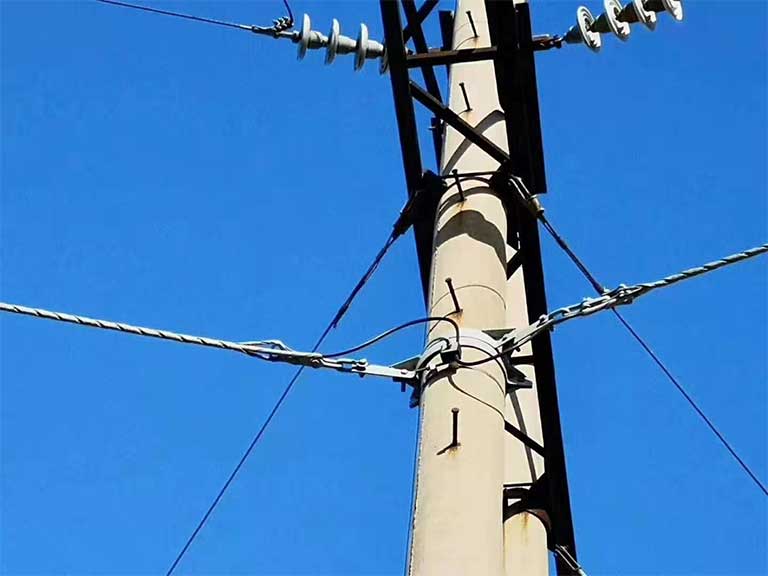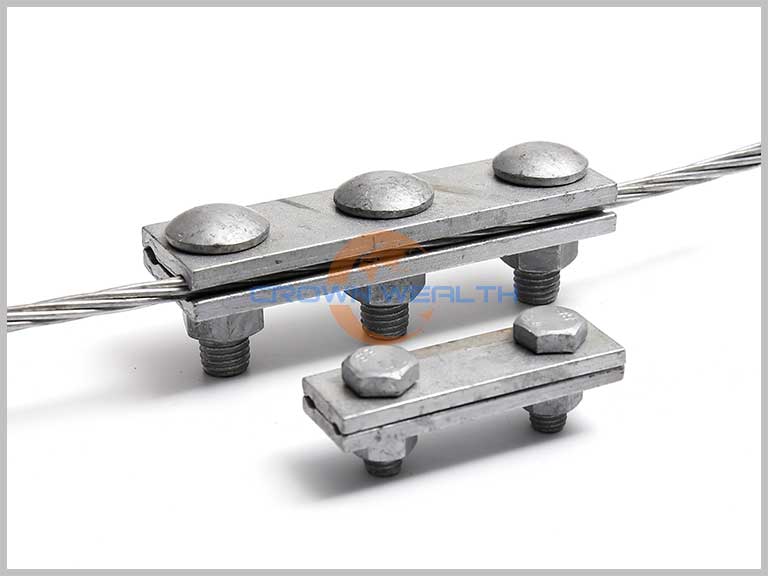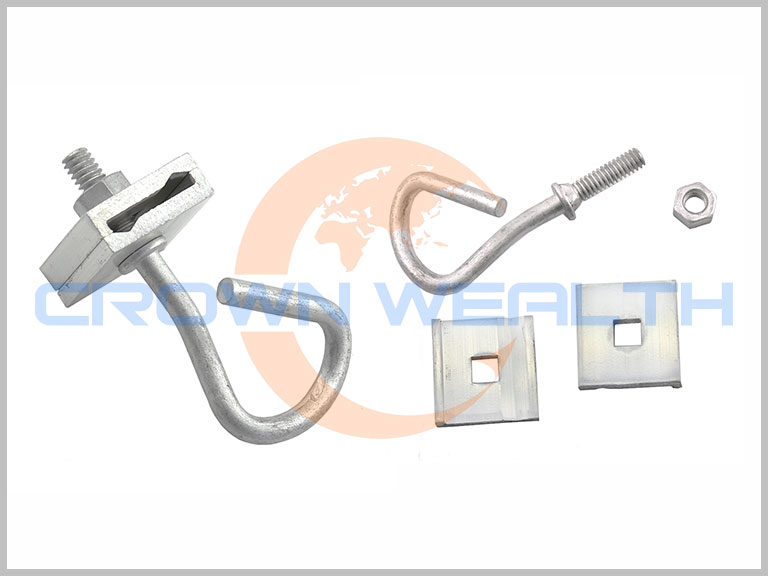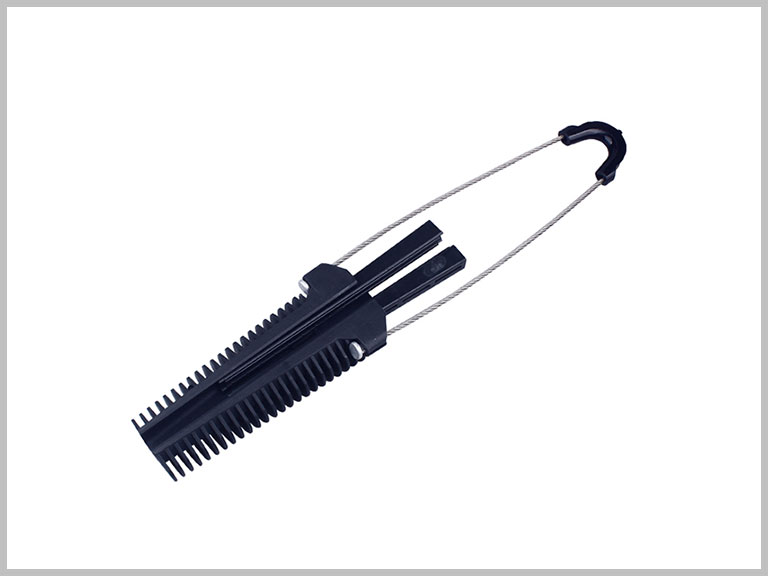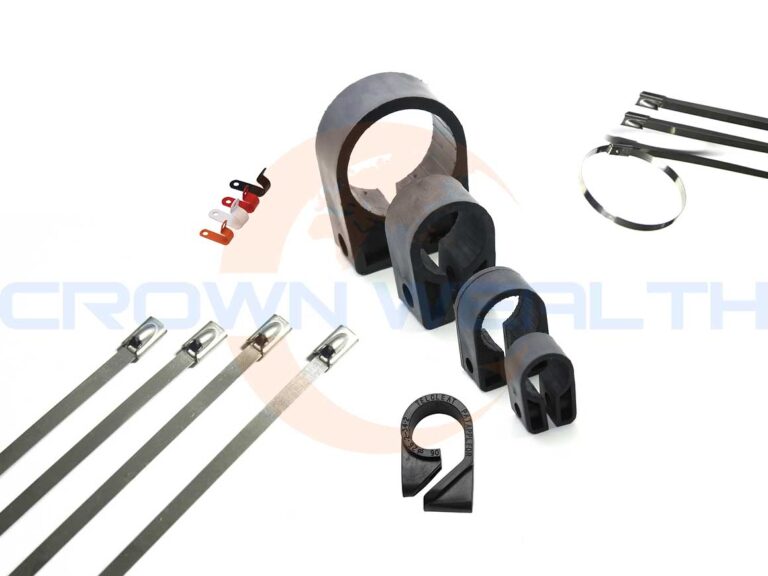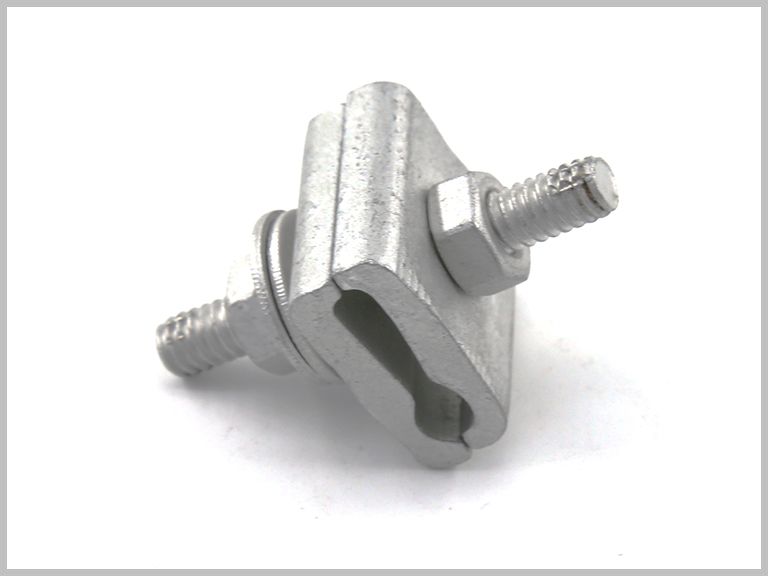Pole line hardware is an integral part of power delivery solutions. It is used to mount and secure power lines and other electrical components to poles and other structures. Pole line hardware plays an important role in helping to ensure the safe and reliable delivery of electricity.
Pole line hardware solutions come in a variety of shapes and sizes. They include everything from clamps and hangers to insulators and terminals. These solutions can be used to secure high-voltage power lines in place so they remain safe and secure. They can also be used to attach electrical components to poles and other structures.
Pole line hardware solutions are typically made of metal and are designed to withstand harsh weather conditions and heavy loads. The hardware should be chosen carefully to ensure it is strong enough to handle the weight of the power lines and components. It should also be designed to withstand corrosion and wear and tear.
Pole line hardware solutions are designed to be easy to install and maintain. They typically come with detailed instructions and parts diagrams so that the hardware can be easily installed. Additionally, the hardware should be checked periodically for signs of wear or damage.
Pole line hardware solutions are a vital part of any power delivery system. It helps ensure the safe and reliable delivery of electricity and helps to keep power lines and components secure and in place. When choosing pole line hardware, it is important to choose a reliable and durable solution that can withstand the elements and heavy loads. Additionally, the hardware should be easy to install and maintain. With the right hardware solution, you can ensure the safe and reliable delivery of electricity.
What are the essential components of pole line hardware used in telecommunications?
1. Crossarm: Supports the insulators, conductors, and other components of the pole line.
2. Insulators: Isolate the conductors from the pole and each other.
3. Conductors: Carry the electric current between poles.
4. Ground Wires: Provide a safe pathway to ground any stray electrical current.
5. Spacers: Keep the conductors separated to prevent shorting.
6. Fittings: Connect the conductors, insulators, and other components of the pole line.
7. Anchors: Secure the pole line to the ground.
8. Clamps: Secure the conductors and insulators to the pole.
9. Dead-end assemblies: Connect the pole line to a terminal point.
10. Lightning arresters: Protect the pole line from lightning strikes.
What types of pole line hardware are commonly used in the telecommunications industry?
Pole line hardware commonly used in the telecommunications industry includes guy clamps, cable clamps, pole steps, anchor bolts, eyebolts, insulators, and strain clamps.
What are the advantages of using pole line hardware for telecommunications infrastructure?
1. Cost-Effective: Pole line hardware is significantly less expensive than traditional underground cable systems. This makes it ideal for small businesses and communities that need to deploy telecommunications infrastructure quickly and cost-effectively.
2. Easy Installation: Pole line hardware is much easier to install than underground cable systems. This makes it ideal for remote locations where traditional installation methods are not available.
3. Flexibility: Pole line hardware is easily reconfigurable, allowing for the easy addition or removal of equipment as needed. This makes it ideal for rapidly changing communications needs.
4. Reduced Maintenance: Pole line hardware requires less maintenance than underground cable systems, resulting in fewer outages and improved service.
5. Durability: Pole line hardware is highly durable and can withstand harsh weather conditions and vandalism. This makes it ideal for deployments in remote locations.

